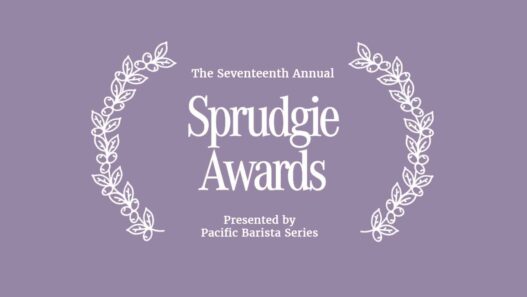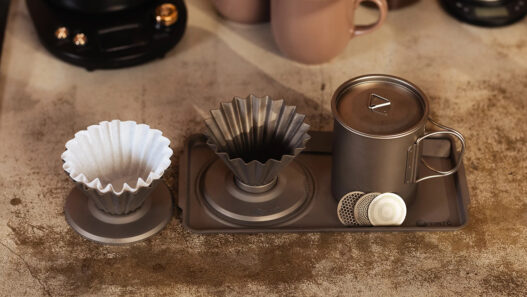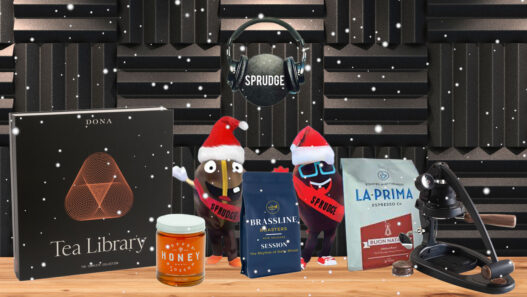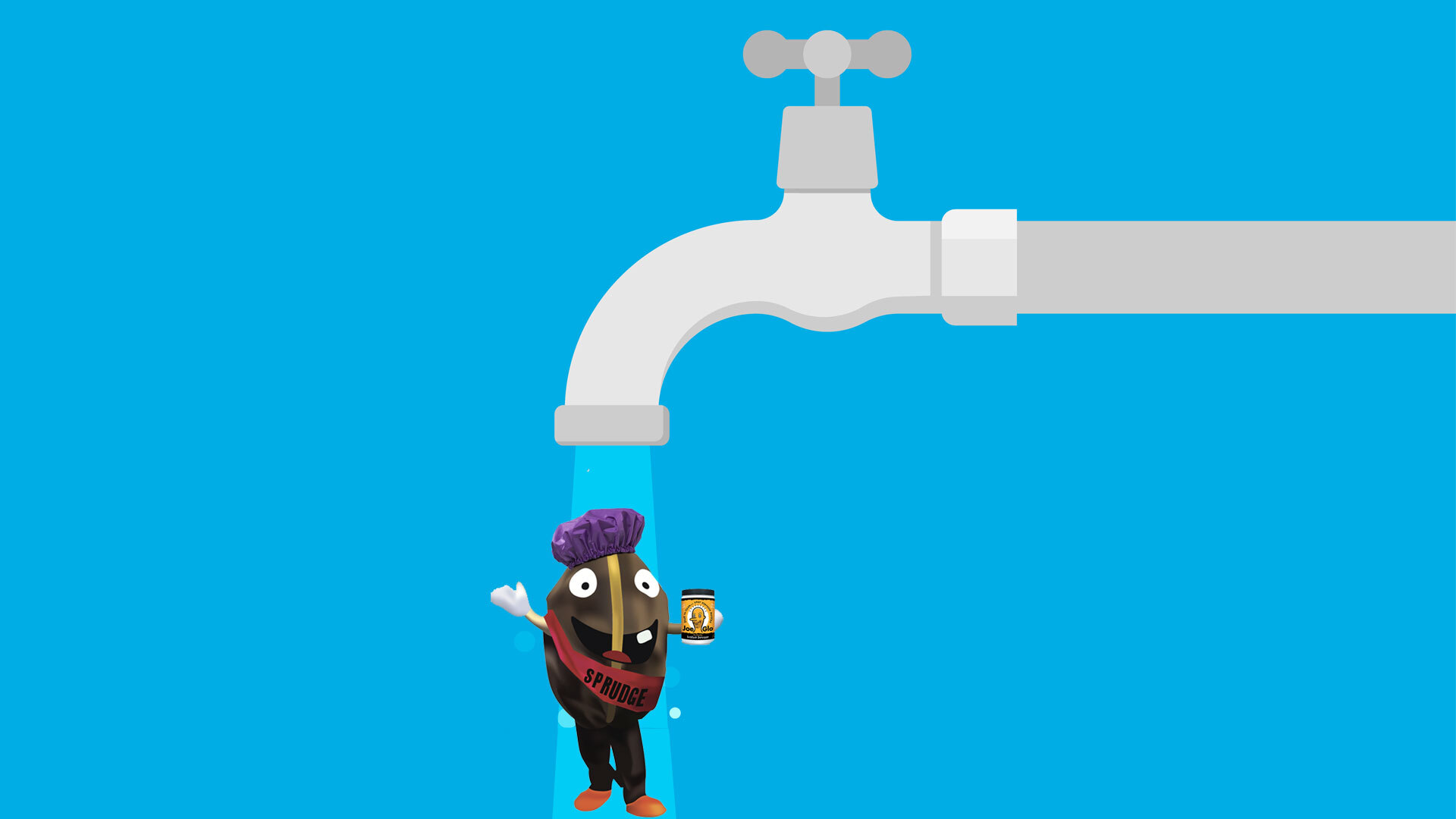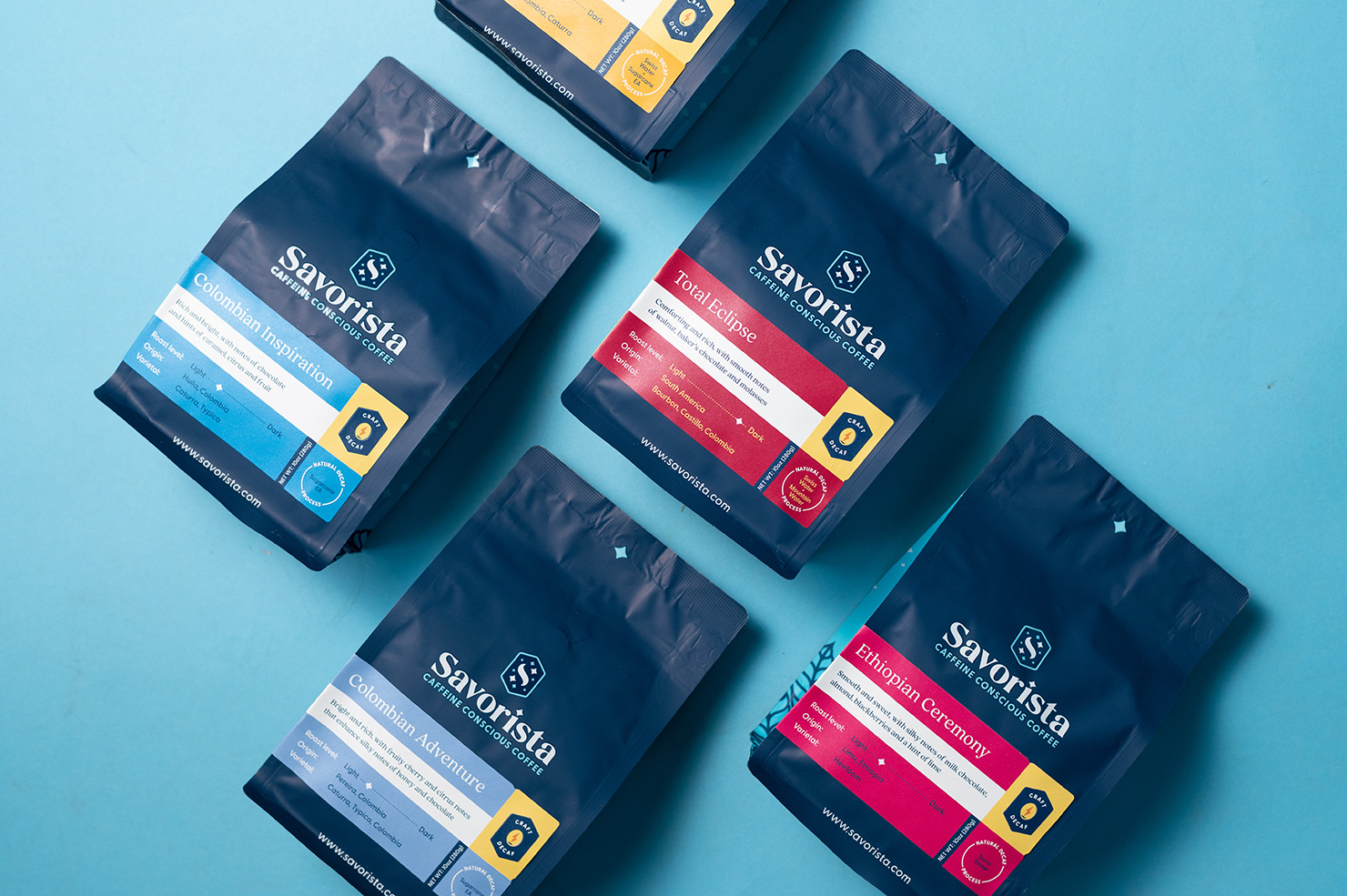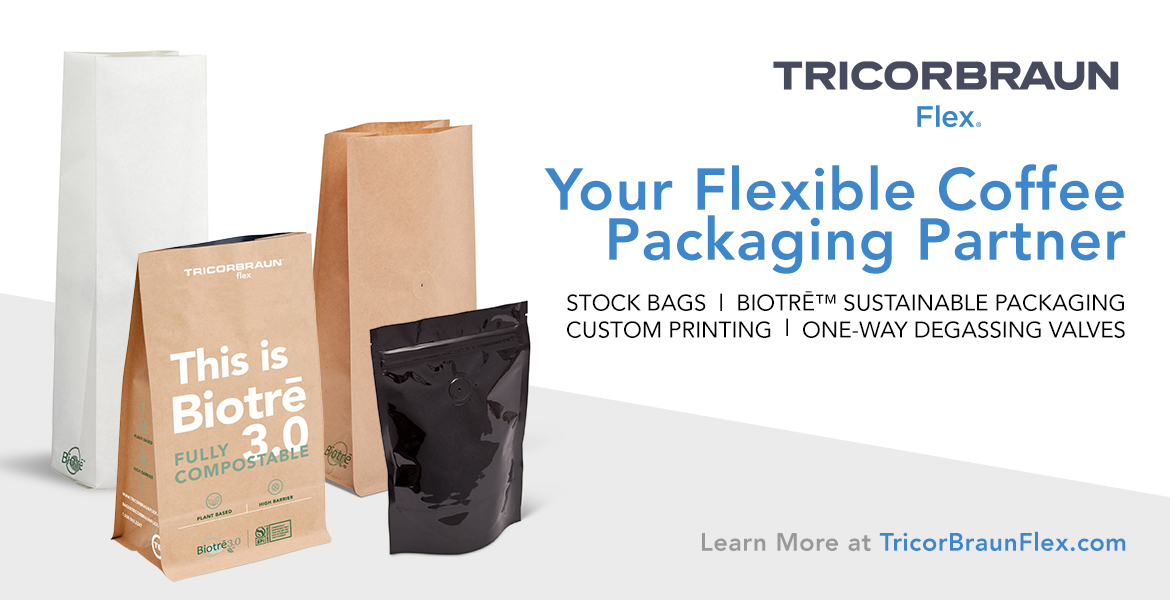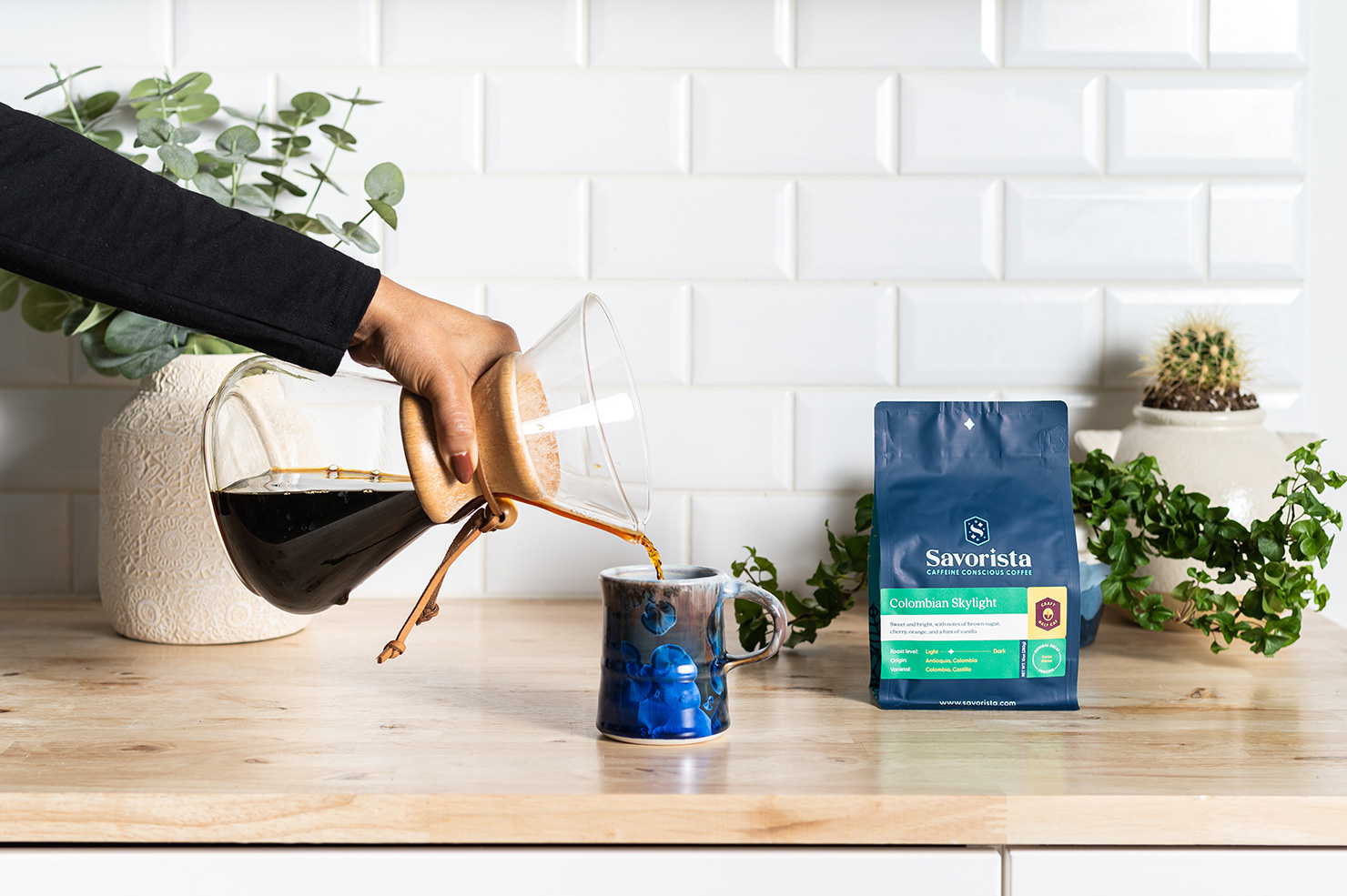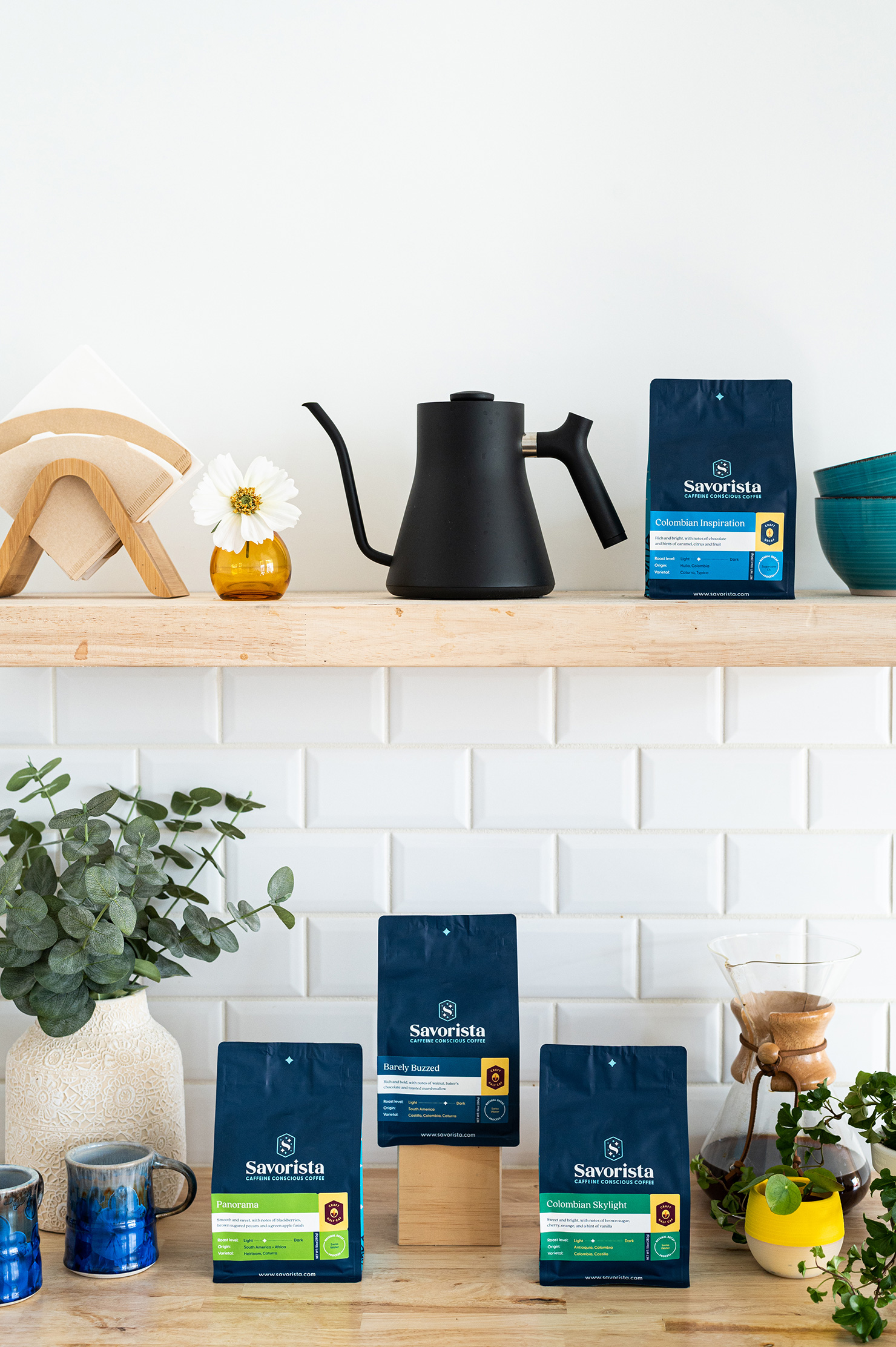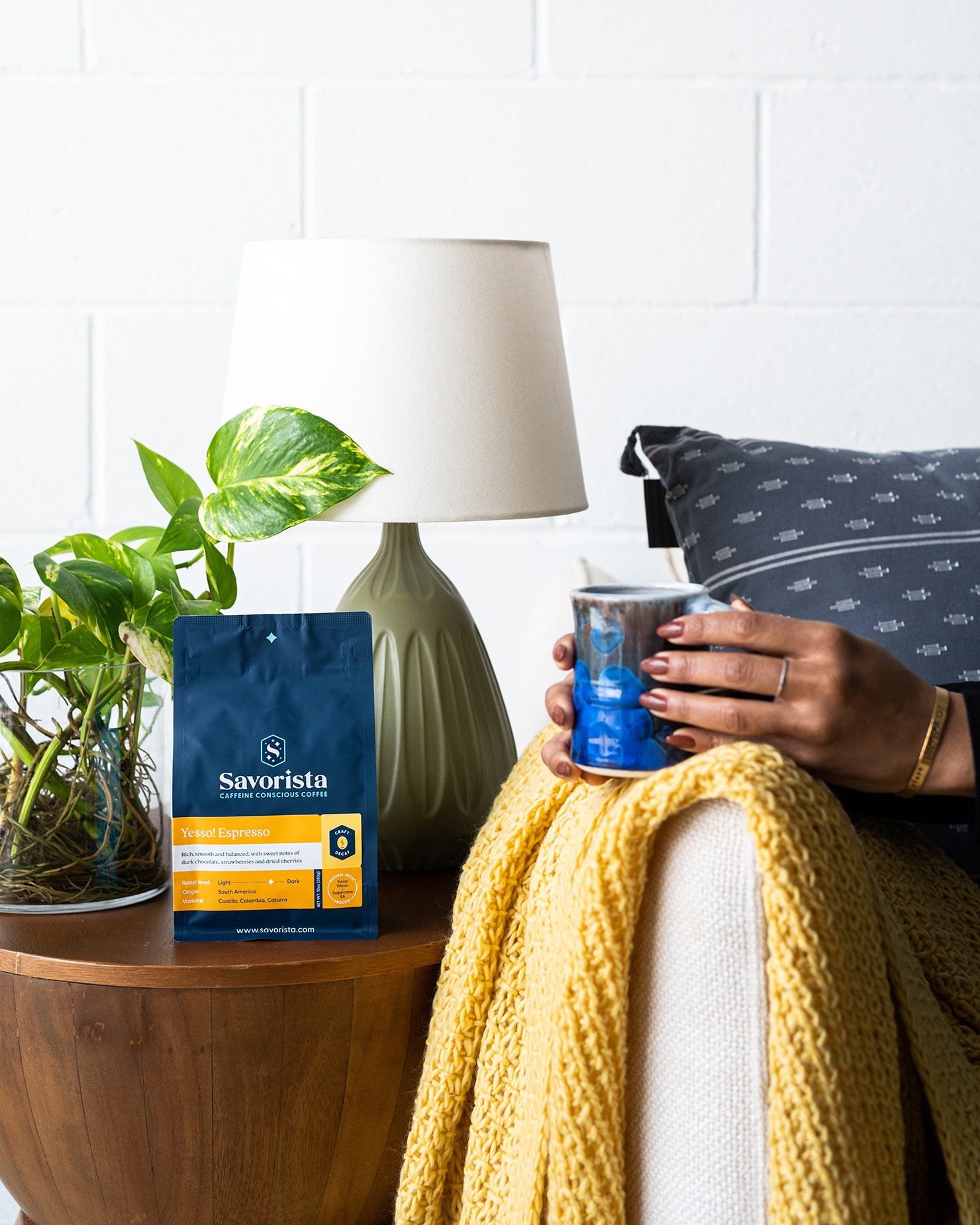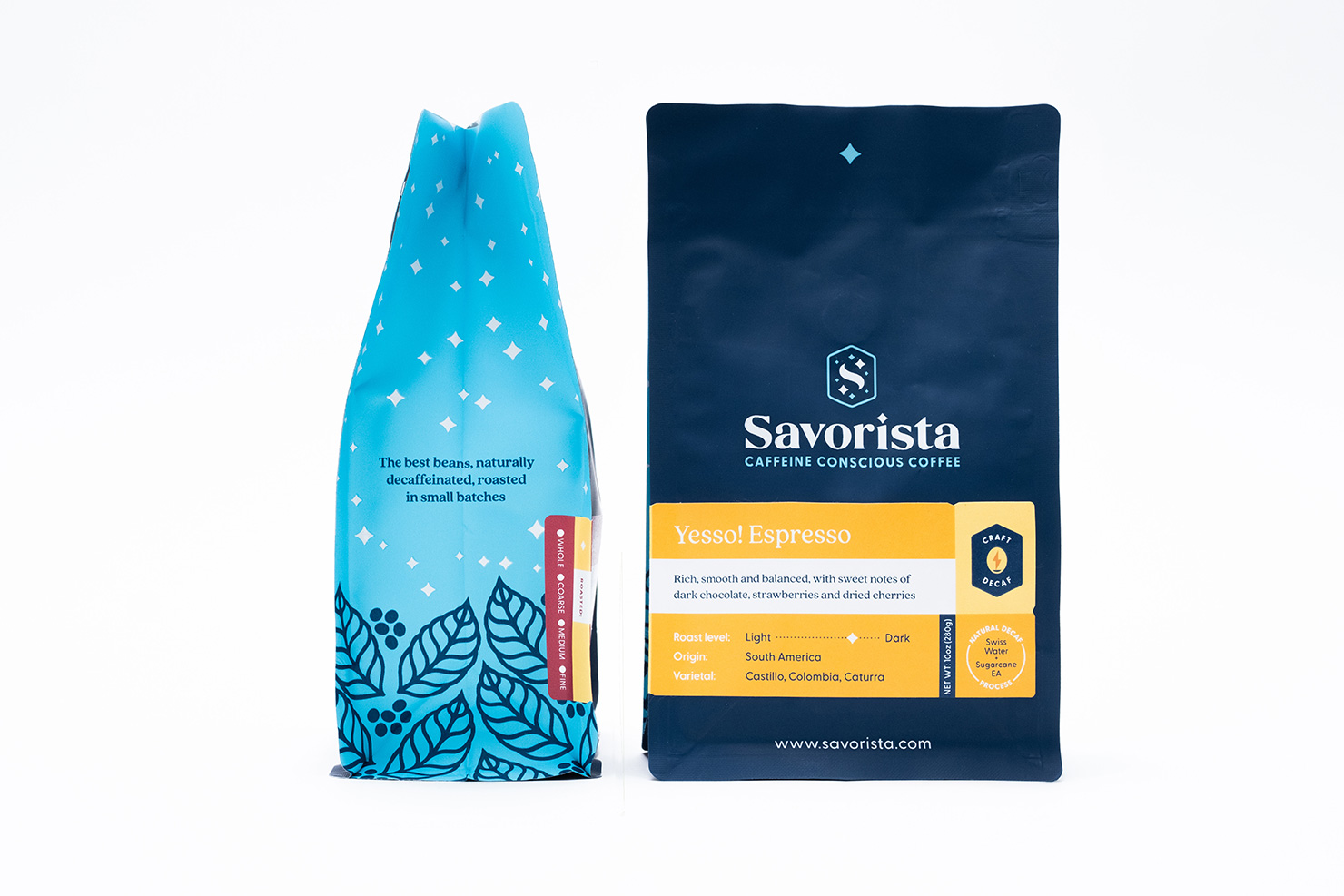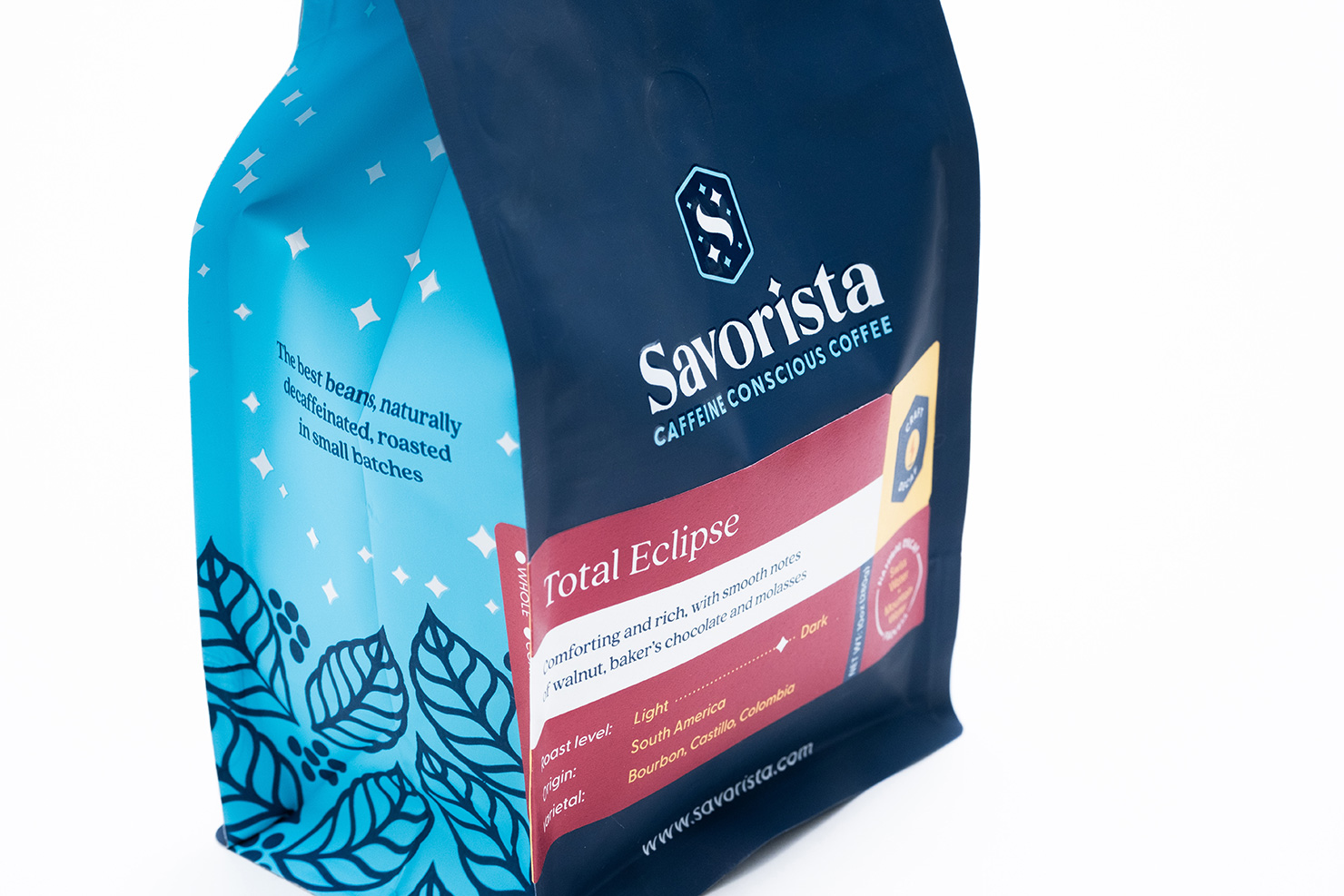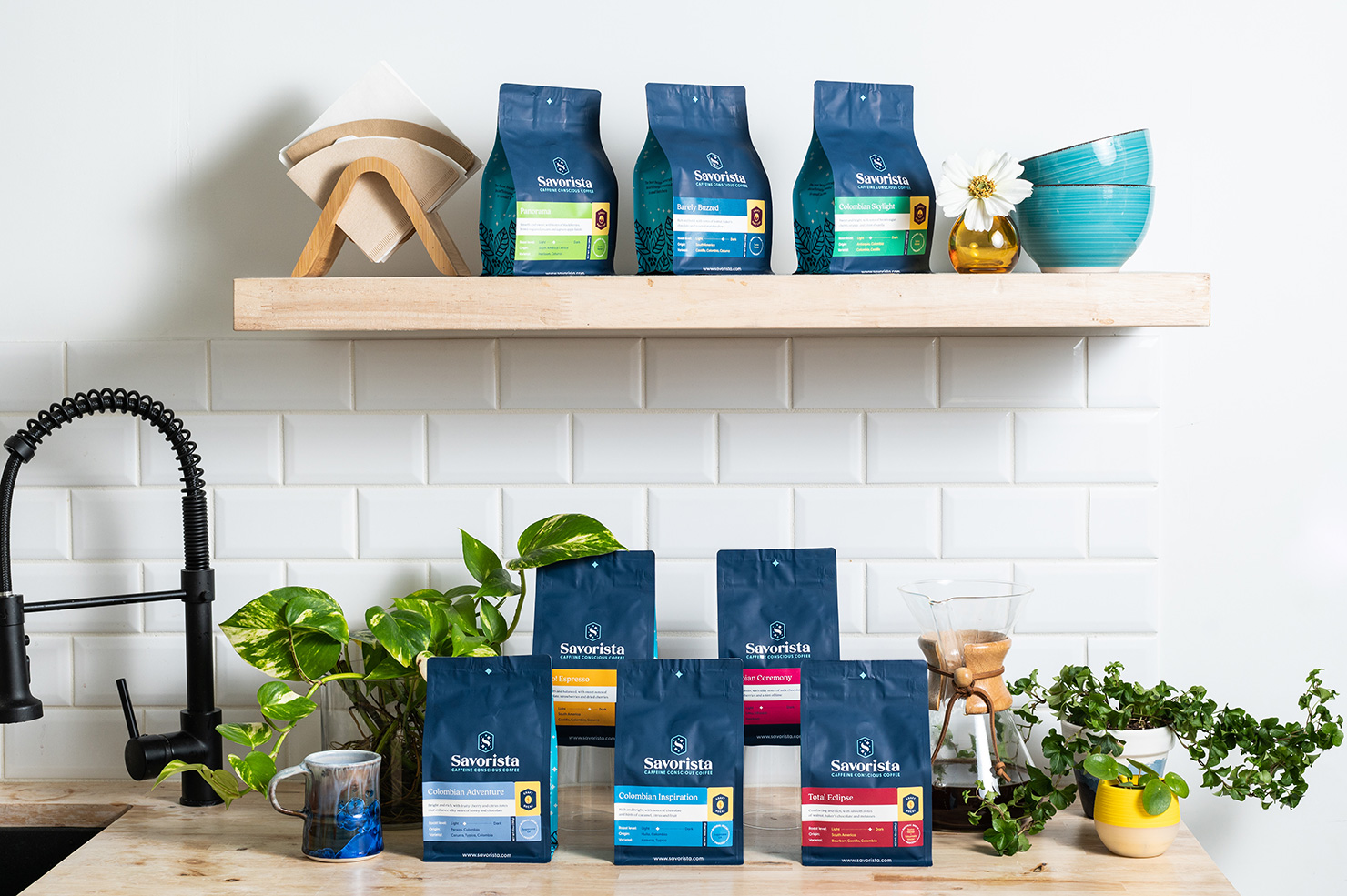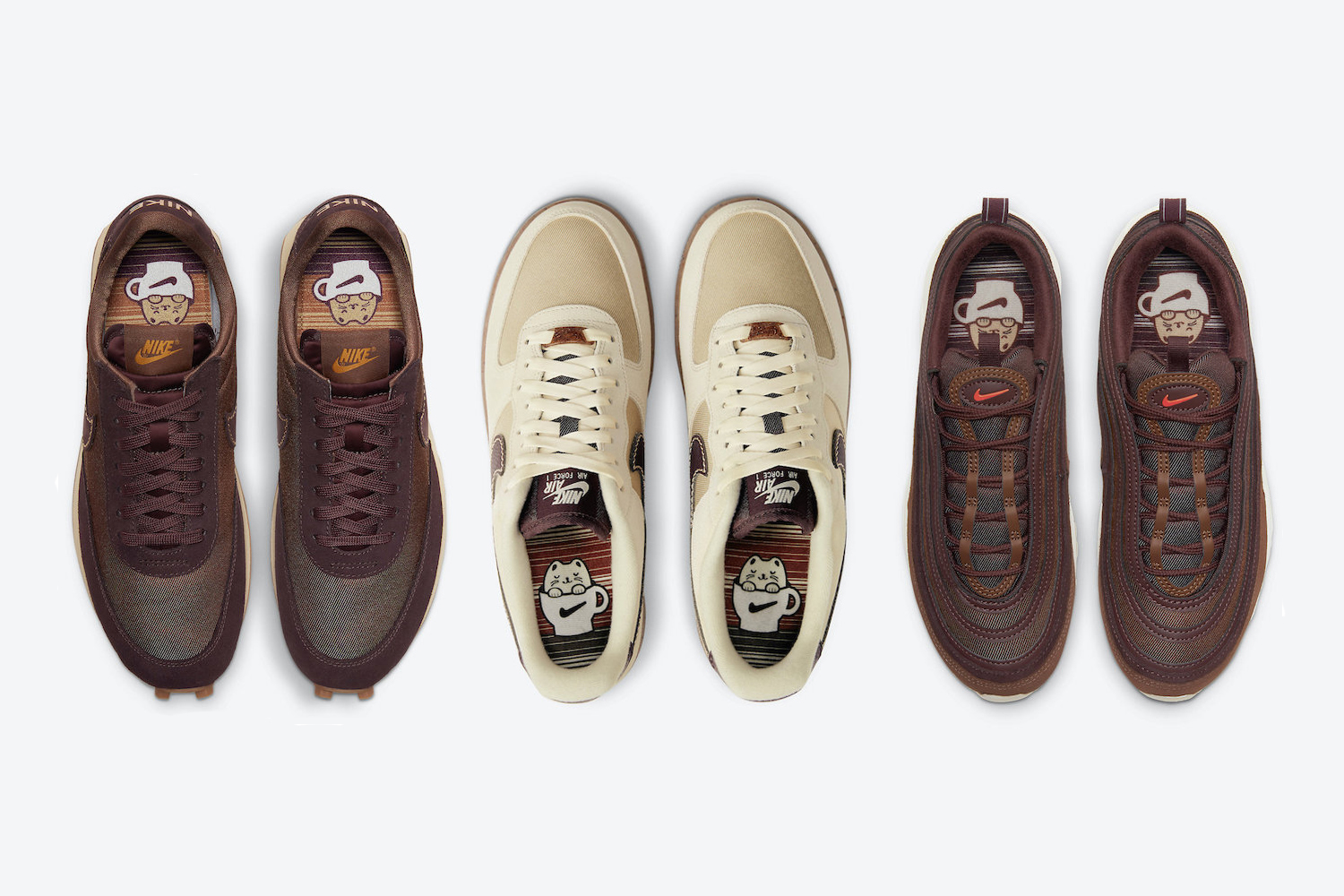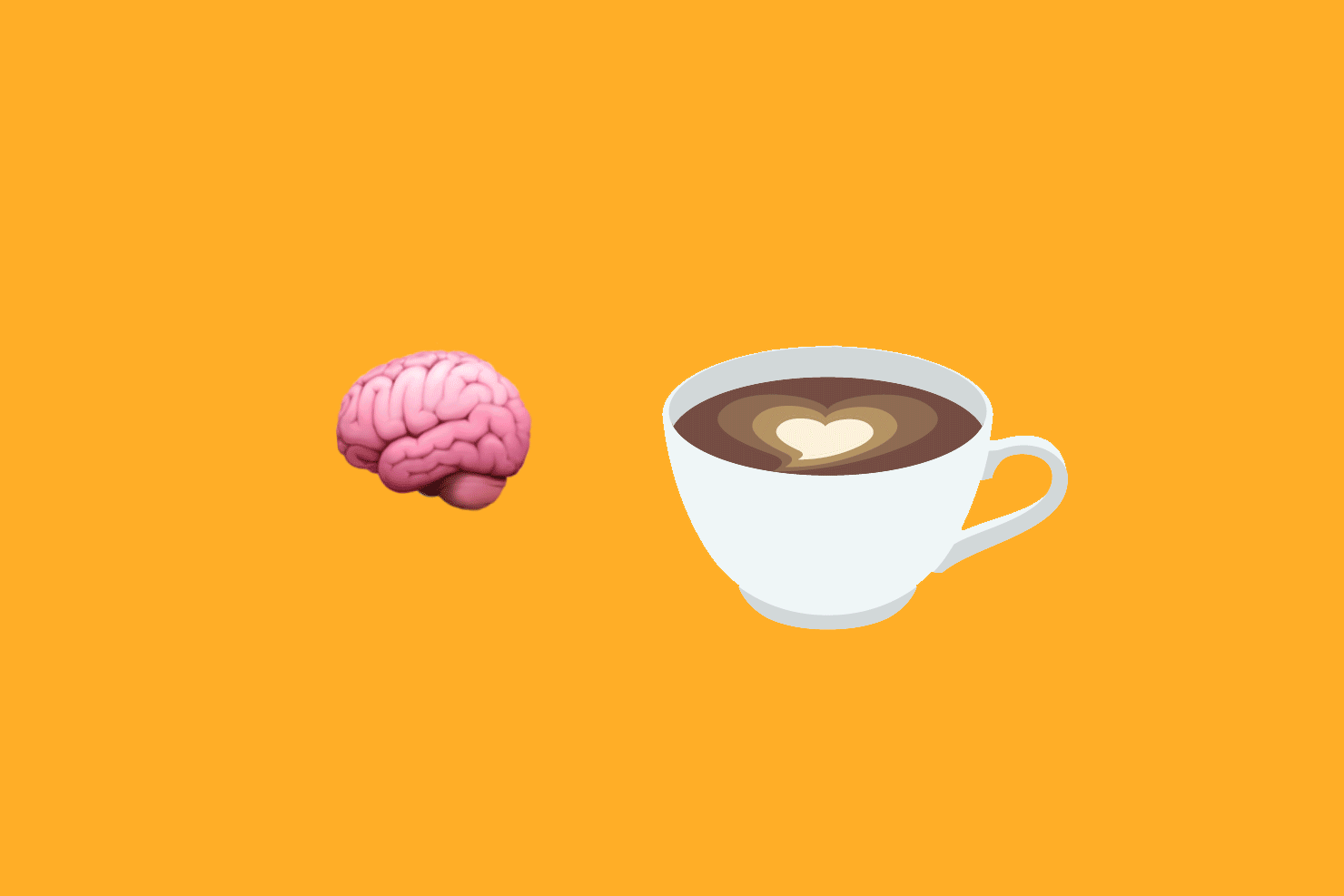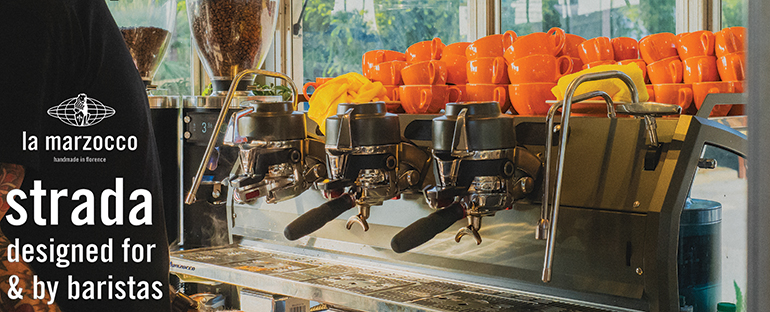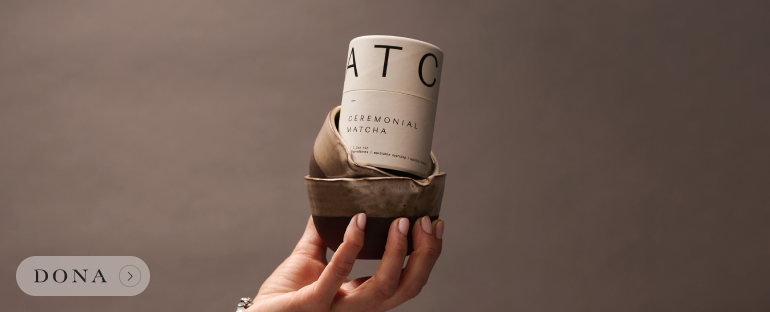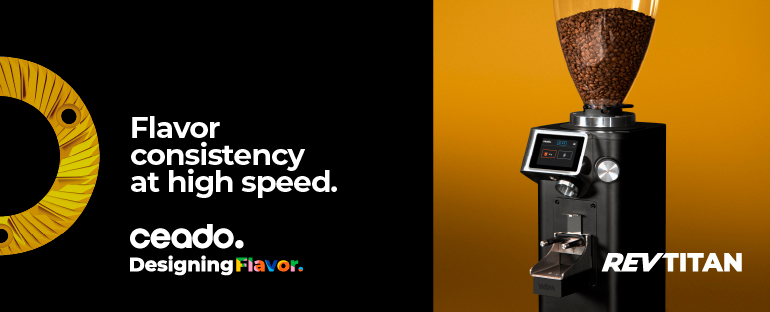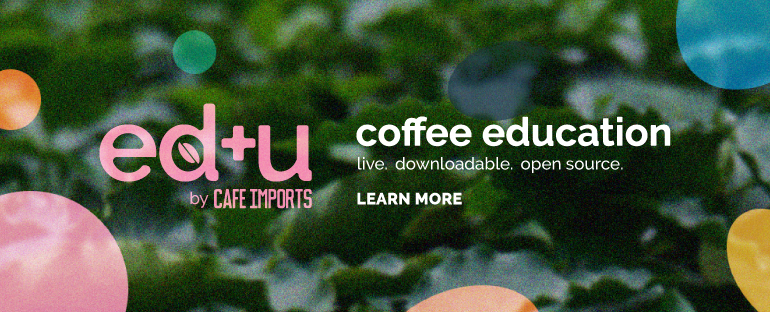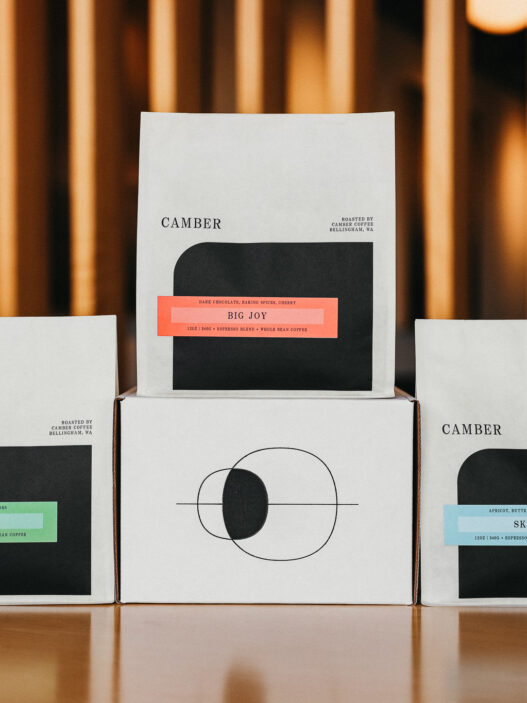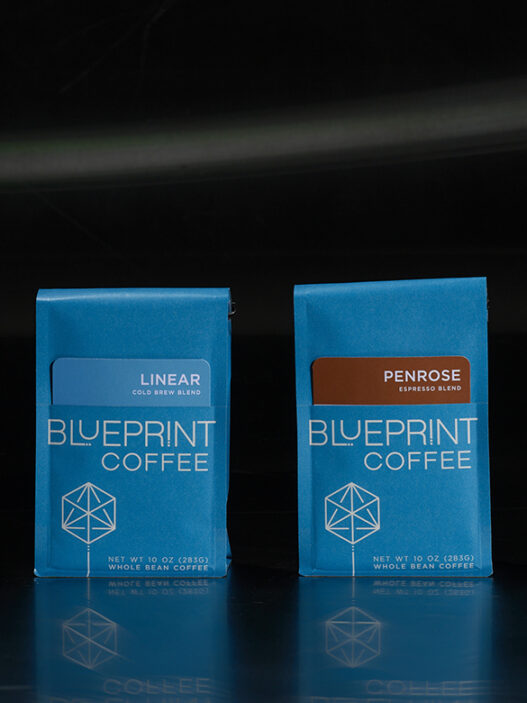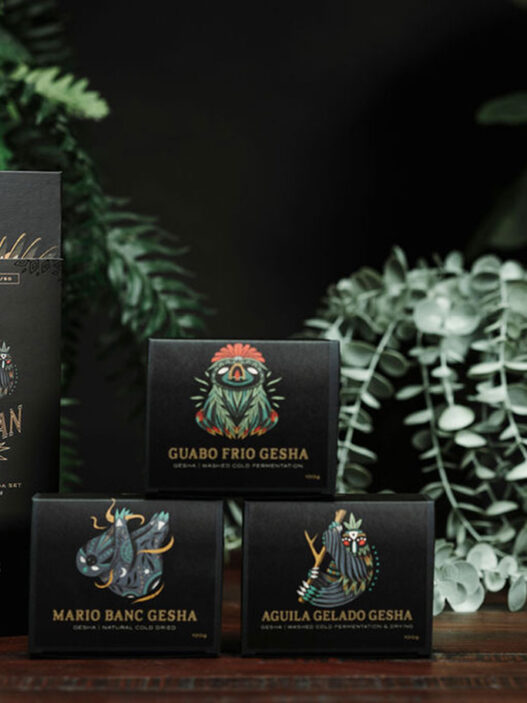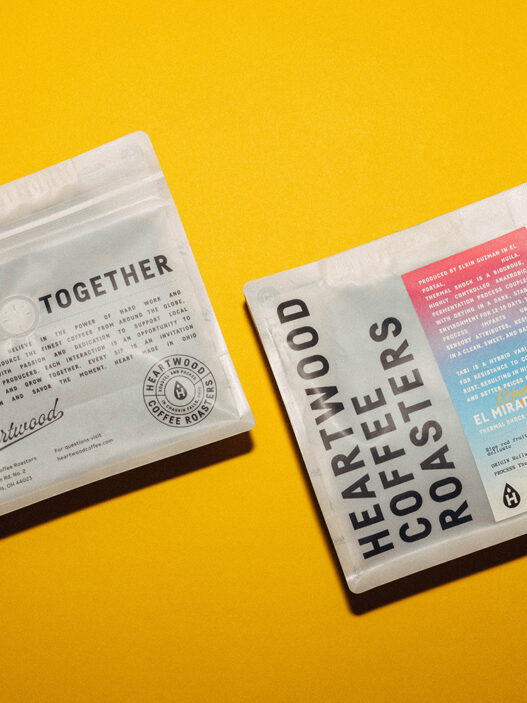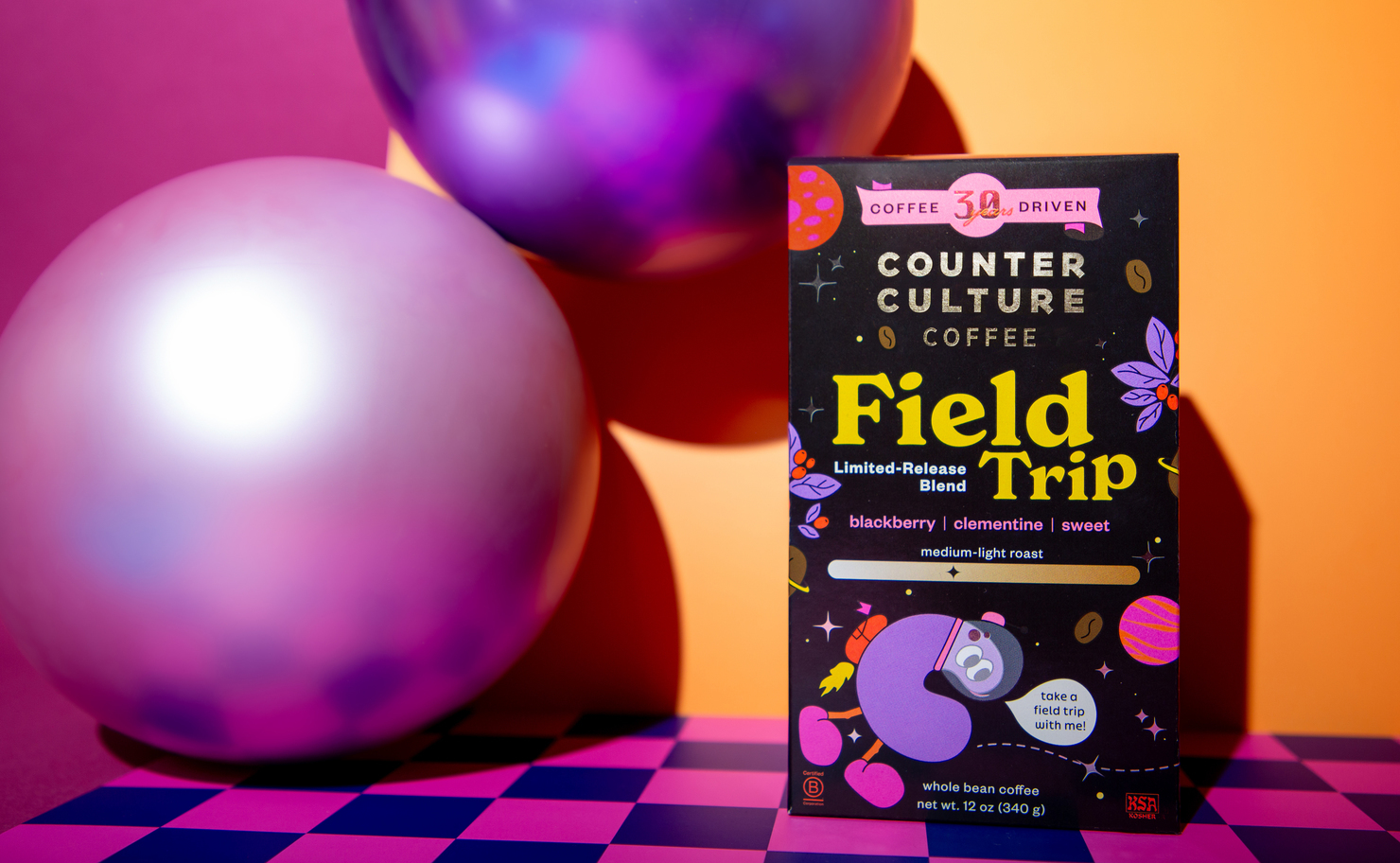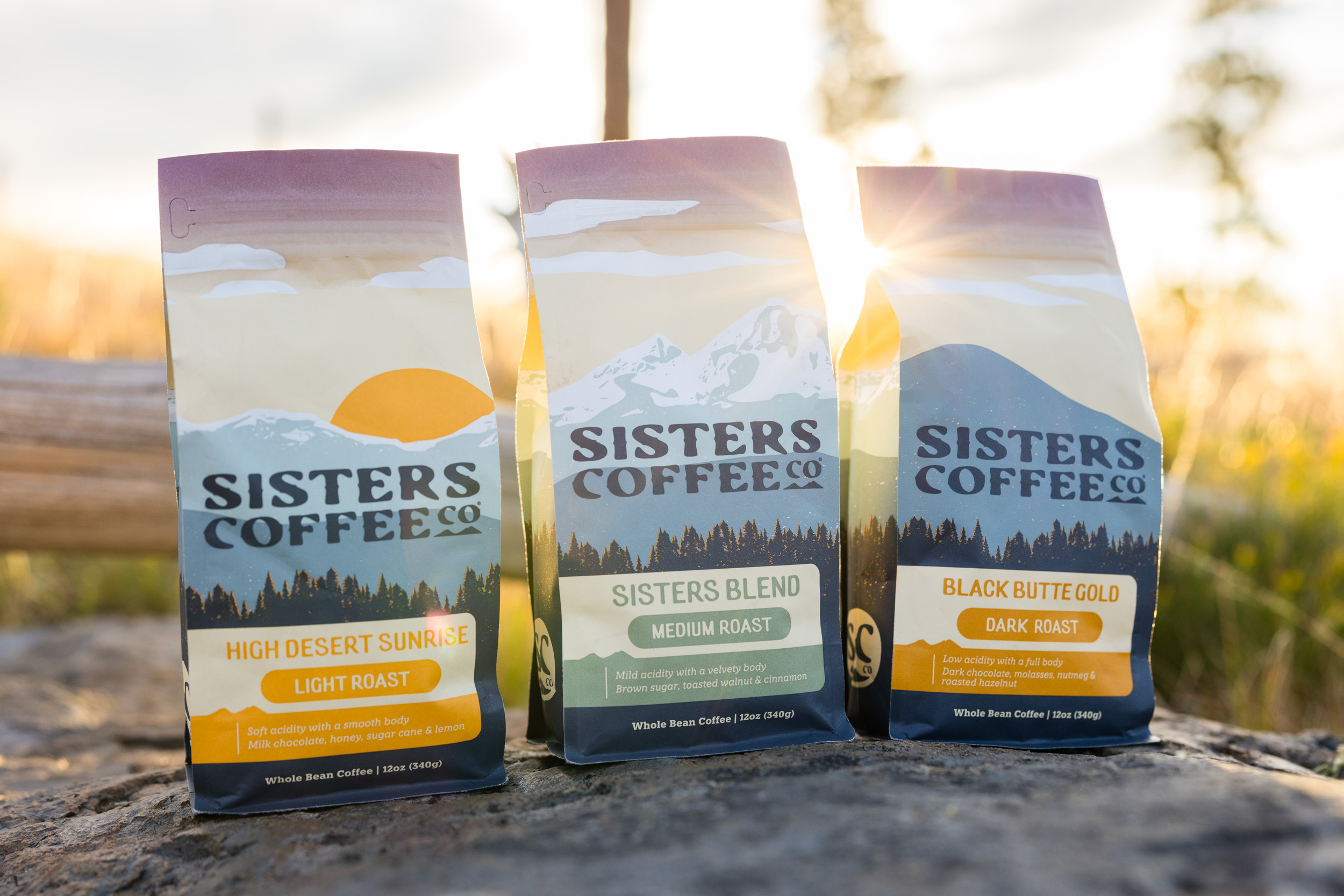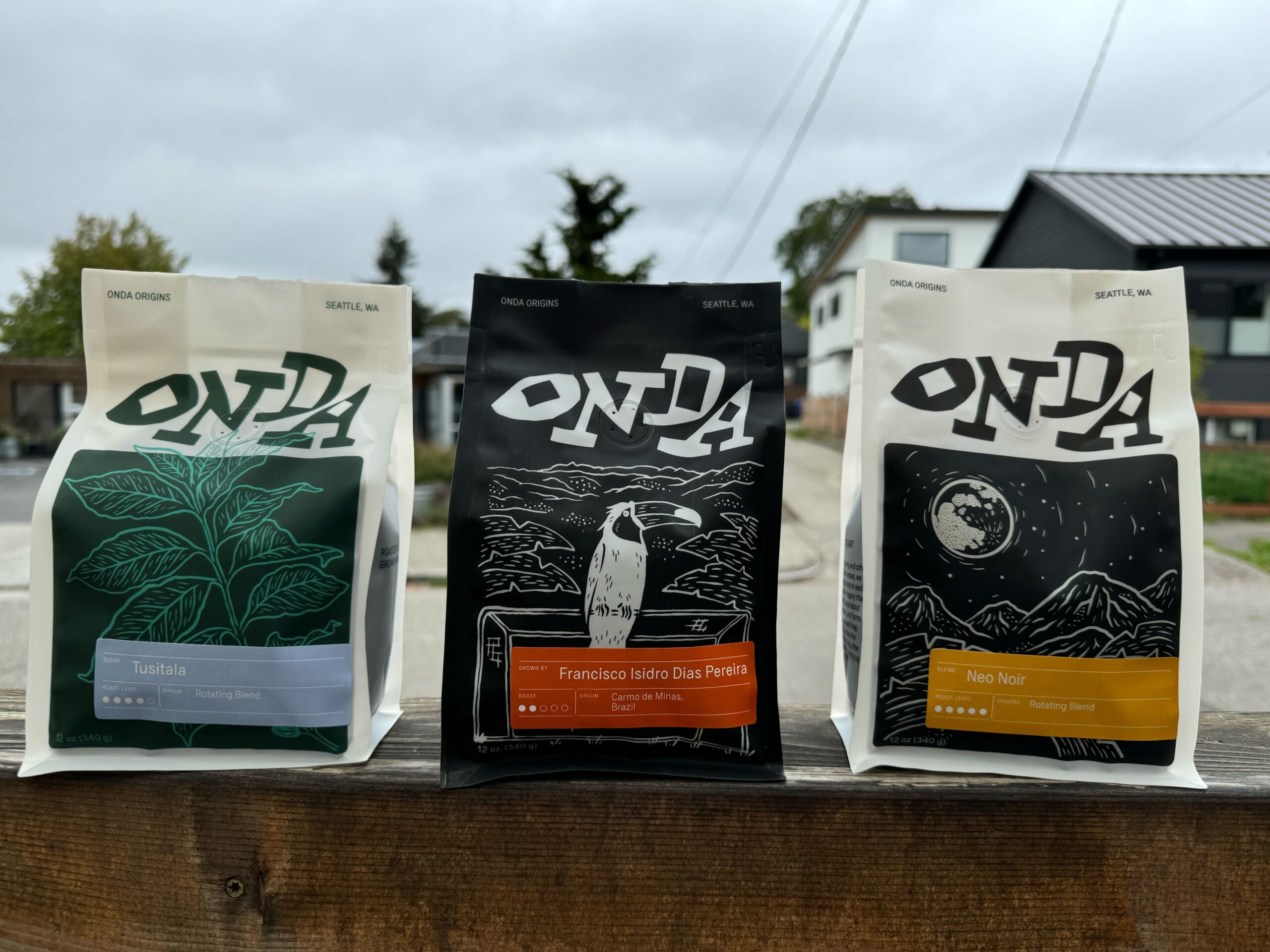Do you love coffee? I mean, do you really love coffee? Then your love of coffee should be unconditional. Yours should be an open house of love for coffee in all of its forms. One shouldn’t base one’s love for coffee on what coffee can do for you. One should simply love coffee and want nothing more than its well-being and deliciousness.
This is especially true for coffee when it has been decaffeinated. Generation X stunted decaf’s popularity with familiar phrases like Death Before Decaf—which is up there with the aughts-era No X In Espresso for all-time shitty gatekeepery coffee buzz phrases—but these days, there’s never been a better time to enjoy it. We love decaf here at Sprudge. Decaf gives us life.
Today we’re profiling a decaf-focused, decaf-only company called Savorista Coffee. They aren’t the only ones in this lane (check out a few more here), helping pave the way for specialty decaffeinated coffees showcasing more than simply a blend or single offering.
Savorista Coffee began selling decaf and half-decaf coffees online in 2019, and here in 2021 have just launched a complete brand redesign. We spoke with founder Kait Brown digitally to learn more.
Hello! Thanks for speaking with me. How long has Savorista been around—and how did you get your decaf start?
I first became interested in decaf when I realized caffeine was amplifying my stress and preventing me from sleeping. Caffeine was contributing to my deteriorating mental health. I couldn’t imagine giving up coffee but realized that I was on a caffeine-fueled path to burnout. A life that, for many of us, is better for our mental health. When I switched to decaf, I was surprised at how hard it was to find a selection of decaf options, especially a decaf that was exceptionally delicious. I also had baristas tell me I wasn’t a real coffee lover because I wasn’t drinking coffee for the caffeine. I totally disagreed!
My husband Daniel and I set out on our global decaf quest in 2018 to learn if we could craft delicious decaf without all the harsh chemicals that are used to decaffeinate most coffee. We traveled to Colombia, Kenya, Rwanda, and Ethiopia to meet with and learn from producers and others in the coffee ecosystem. In Colombia, we were impressed with Descafecol, the company that uses sugarcane-derived ethyl acetate to remove caffeine. We were already big fans of the Swiss Water Process, and we were excited to be able to offer a second decaffeination method that only uses natural ingredients.
We found our first coffee in Colombia during a cupping with mainly caffeinated coffees. We were astonished that our two favorites of the 16 we tried were a beautiful Gesha and a bold-flavored decaf with nice acidity. That decaf was even better than 14 other specialty caffeinated coffees.
In 2019, we started selling Savorista online. Initially, we only offered craft decaf, and now as we’ve grown, we also offer a line of half-cafs.
Tell us about how Savorista approaches customers who have been brainwashed into believing “Death Before Decaf.”
Having received plenty of coffee judgment from others, we never judge where others are in their journey. We help people savor more coffee they love, at any time of day. So I’d say we are both coffee lovers.
When I hear someone say “Death Before Decaf,” I like to connect and ask them questions because I’m always curious:
What do you love about coffee? How much do you love the flavor, ritual, friendship, experience, enjoyment? Or do you only love the boost from the caffeine?
I often find that most people drink a lot of caffeinated coffee, just by default. It is so easy to assume that wanting more coffee must mean wanting more caffeine, but that isn’t always the case. Many of us are intentional about how much of other things we put into our bodies, such as meat, dairy, gluten, sugar, or alcohol, but not yet intentional about caffeine.
I have also found that many people are not fully aware of how caffeine can impact them in so many different ways. Honestly, that was me for most of my life. Drinking a lot of caffeine can cause our bodies to become dependent on it. I thought I wasn’t a morning person, for years and that I required two large cups of coffee to function each morning. I only recently realized that I was dependent on caffeine and was experiencing a daily morning caffeine withdrawal. Sure, caffeine helped me feel great in the late morning, but it was also responsible for the afternoon crash that hit once the caffeine wore off. I couldn’t be consistently myself when my energy was on a roller coaster every day. I thought this was normal for a really long time. And these are the physical impacts. Caffeine can amplify stress and anxiety, having an impact on our mental health too. Now I’ve found that for many of us, even switching to decaf or half-caf in the afternoon can have a positive impact.
I love surprising the “Death before Decaf” folks by giving them a cup of Savorista. I love it when they are astonished to find out it’s decaf or half-caf. We’ve converted a lot of skeptics this way!
What decaffeination processes do Savorista coffees go through?
All of our coffees are decaffeinated only with natural ingredients. Swiss Water is a core partner of ours, and we love that they only use water to remove caffeine and have a strong focus on specialty coffee and sustainability. When they expose the green beans to water, the caffeine migrates from the beans to the water, but the flavors remain in the beans, thanks to their proprietary Green Coffee Extract. We also use Descafecol’s Sugarcane EA process out of Colombia. They use local sugarcane and extract the ethyl acetate (EA) from it, which essentially grabs the caffeine from the beans. We love that this is one of the few processes where coffee is decaffeinated at origin.
What do you think is the most common misconception with decaf coffee?
A common misconception surrounding decaf coffee is that it can’t taste good. Additionally, it is often assumed that a decaf coffee must have been decaffeinated with harsh chemicals, like methylene chloride. This may be true for most decaf coffees, but not all. We aim to show people that there is astonishingly delicious decaf out there that does not use harsh chemicals.
Tell us about your re-design! How long has this been in the works?
Once we found our first astonishingly delicious decaf in Colombia, we were excited to start sharing it with the world. We launched with our first generation branding, but always knew we would eventually evolve the branding.
In early 2020 we knew it was time to start. We wanted a logo and brand identity that was strongly linked to our story, as well as the inspiring stories of our customers. We also wanted packaging that was eye-catching in a variety of contexts, including our website, coffee shops, and grocery shelves.
Who did you work with on the re-design?
We worked closely with Jeremy Slagle of Slagle Design and Chris Myer of Verb Garden out of Columbus, Ohio. They led our brand identity and packaging work. We knew they would be a great fit from the first call. Not only had Slagle designed other beautiful brands, Jeremy Slagle very quickly grasped who we are and our vision. I remember in our first call Jeremy said, “Got it. Bold, adventurous decaf. Not Sleepytime tea or orange diner decaf.” Jeremy and Chris started by deeply understanding our story and crafting a clear narrative around it which led to identifying the most impactful imagery.
We have worked with Ashli Nixon of Basis, to take this brand identity and create a beautiful new look and digital experience for our website. Ashli specializes in designing and building impactful experiences in Shopify, the e-commerce platform we use. We loved her work, as well as her collaborative style.
Tell us about the new look in your own words.
Our goal was to create a brand that reflects our story, our values, and our customers. It was also important to elevate our caffeine-conscious message. We asked Jeremy for packaging that has bold, distinct colors for each coffee that looks fantastic online and on shelves.
When we spoke to many of our customers, we noticed themes around figuring out what mattered to them and carving their own path in life. This deeply resonated with us so much that it became the imagery of the Guiding Star to chart your own Path.
Speaking from personal experience, being over-caffeinated during a stressful time helped me realize I was on a caffeine-fueled path to burnout and that I wasn’t living the life I wanted. By deciding what was most important, I charted my own unique path of starting a coffee company focused on craft decaf and half-caf. Savorista’s new look has taken my story, as well as our customers’ stories, to focus on finding our own guiding stars that help each of us chart a personal path to a life worth savoring.
We have always loved the word “savor” for a very long time. It both reflects the quality of our coffee, but also a way of living that is a bit slower, a bit more intentional, a bit more joyful, and feels like the antithesis of a caffeine-fueled path to burnout. We love that our new logo brings that out.
We also loved the metaphor of a starfield, which you will see on the side of the bags. There is mental and emotional clarity that can come from stargazing far from the city lights. Similarly, some people experience clarity by reducing their caffeine and eliminating the rollercoaster of brain fog and hyper-aware jitters that comes with over-caffeination. We’ve also embedded some hidden constellations in the sides of our bags. Can you find them?
Finally, we have elevated our caffeine-conscious message with the embossed craft decaf and half-caf badges on each of our bags, as well as the way we explicitly highlight the natural decaf processes we use.
What kind of packaging do you use?
We are using a resealable block bottom bag printed by Savor Brands. Our embossed labels were created by Blue Label.
Where is your coffee available?
All of our classic coffees and limited editions are available on our website, savorista.com.
What’s next for Savorista?
We are expanding our online presence, and we are also excited to collaborate with a variety of partners to bring Savorista to your favorite places where you drink and purchase coffee. We are also working on purchasing coffee from some of the farmers we met on our decaf quest and plan to offer their coffees later this year.
Thank you!
Zachary Carlsen is a co-founder and editor at Sprudge Media Network. Read more Zachary Carlsen on Sprudge.




